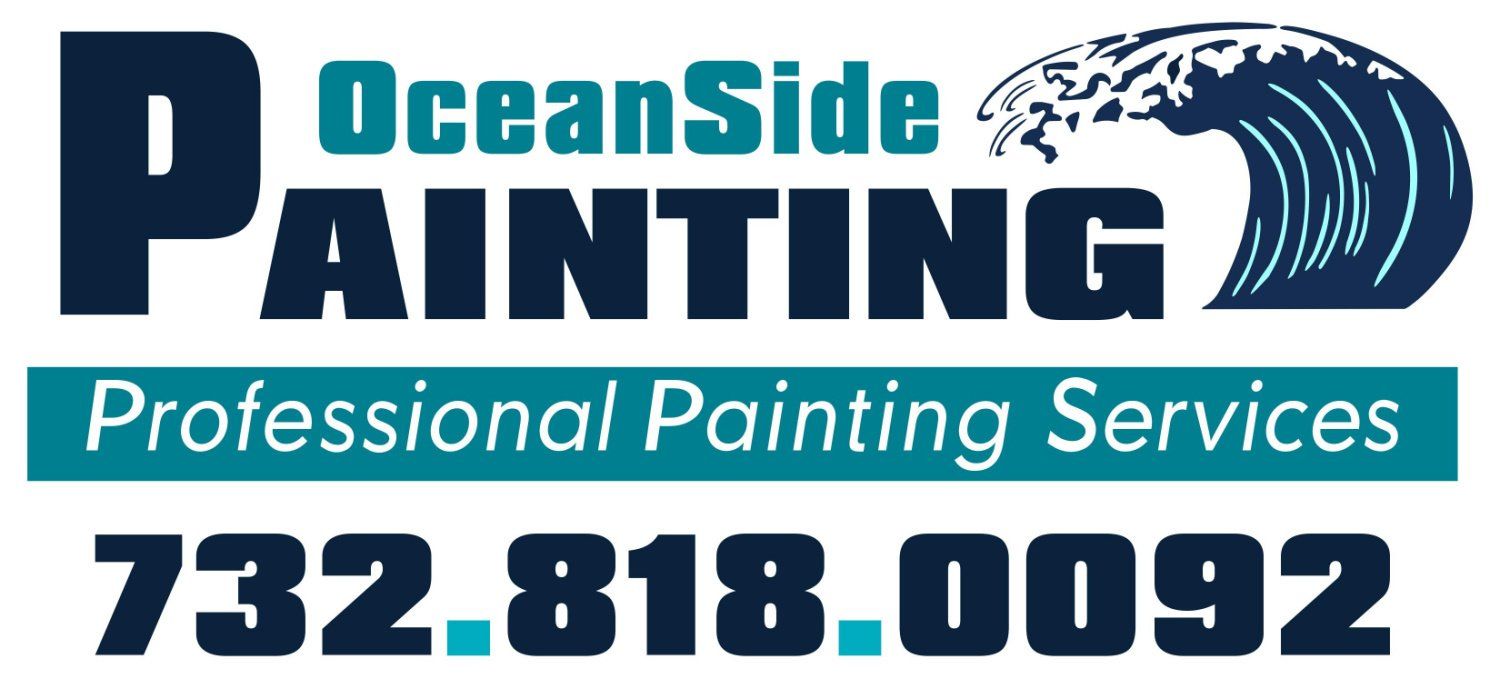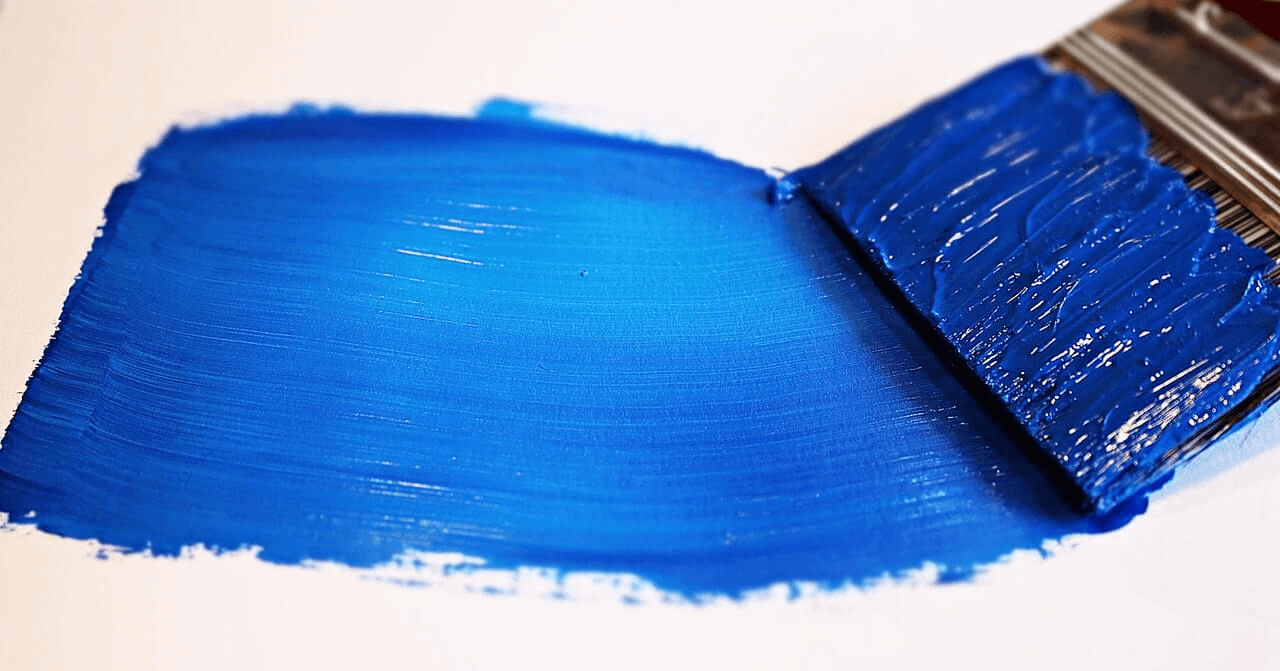How to Remove Paint from Kitchen Cabinets [Beginner's Guide]
If you want to change the color, stain, or
strip away failing paint, you may be looking into how to remove paint from your kitchen cabinets. Removing the paint is the first step, and when you have reached that point, there are two main ways you can go about this.
You can choose to do it yourself, or you can hire professionals like those at Oceanside Painting & Refinishing. If you'd prefer to remove the paint yourself, there are a number of ways to get the job done, and it ultimately comes down to preference of what you are comfortable working with.
We are going to highlight the tools and supplies you’ll need for this project, and break down how to execute each step to achieve your goal. The time it takes to remove all the paint, and how strenuous the task will be is a matter of how many grooves, crevices, nooks and crannies your cabinets have, as well as what kind of paint is currently on your kitchen cabinets. Patience is the key to this project!
What Supplies Will I Need?
As a pro tip, you’ll want to have all your supplies within range, otherwise you’ll encounter the nuisance of having to stop your flow to hit the store and get something you forgot or didn’t account for.
- Chemical resistant gloves
- Drill or screwdriver
- Chemical paint stripper
- Liquid sandpaper
- Cheap paint brushes
- Face mask
- Bucket
- Putty knife or scraper
- Tack cloth
- Clean rags
- 320 grit sandpaper
- Drop cloth
- Sand or kitty litter
How Do I Remove Paint from My Kitchen Cabinets?
1.) Use your screwdriver or drill to remove the cabinet doors and hinges, then set the cabinet doors on your drop cloth in a well-ventilated area.
2.) Put on your face covering and gloves. This will help protect your skin from chemical burns, and reduce your exposure to breathing in the paint stripper.
3.) Apply a generous layer of the chemical paint stripper to the cabinet faces, and spread with a paint brush. Let that sit for about an hour. You will see the paint begin to bubble, and the paint stripper should still appear wet.
4.) After an hour, use your putty knife or scraper to gently strip off the paint. Go slow, with the grain, and from one end to the other. Be sure to get into any crevices or curves in and around the
cabinet face moldings.
5.) Chances are that you will have to repeat this process. Before doing so, be sure to either wipe the boards down with wet rags to remove leftover stripper, then use dry rags to wipe up excess moisture - or you can rinse the boards with water into a bucket. You won’t want to put this paint and paint stripper mix down your drainage pipes. This is where the sand or kitty litter comes into play. If you choose to rinse the boards off into a bucket, you can add sand or kitty litter to the soiled water to soak up the moisture so you can throw it into your garbage.
6.) Once most of the paint has been removed from the cabinet faces, allow them to dry. Once dry, apply the liquid sandpaper and use a clean rag to remove any residual paint left behind, making sure to pay attention to the crevices that might still have paint in them. Let the boards dry again.
7.) Now for the 320-grit sandpaper. Use this sandpaper to remove any excess paint you weren’t able to get with the liquid sandpaper. Be sure you aren’t hyper focusing on any one area, as you can damage the wood or create an uneven surface.
8.) Final step! From here, use the tack cloth to snatch up any dust, wood particles, and paint chips that are left on the surface. Tack cloth is very sticky and perfect for this type of application.
Give Us A Call Today!
Whether this is a small DIY project, or part of a larger kitchen remodel, we hope this guide on how to remove paint from kitchen cabinets was helpful.
If you’re looking for someone to tackle this task for you, or you have questions about your next cabinet painting or refinishing project near Ocean County or Monmouth County, NJ, call the pros at Oceanside Painting & Refinishing at 732-818-0092! Or, shoot us an email at phil.oceanside@gmail.com.
Get Your Free Estimate Now!
We will get back to you as soon as possible
Please try again later
Local & Reliable
Contact us anytime to discuss your project!
Areas We Serve
Monmouth County, NJ
Ocean County, NJ
Wall Township, NJ
Red Bank, NJ
Mantoloking, NJ
Colts Neck, NJ
Long Beach Island, NJ
Seaside Park, NJ
Call Us

New Jersey's #1 professional kitchen cabinet refinishing service. Proudly serving homeowners, builders and investors since 1999.
Navigation
Working hours
- Mon - Fri
- -
- Saturday
- -
- Sunday
- Closed
All Rights Reserved | Oceanside Painting

